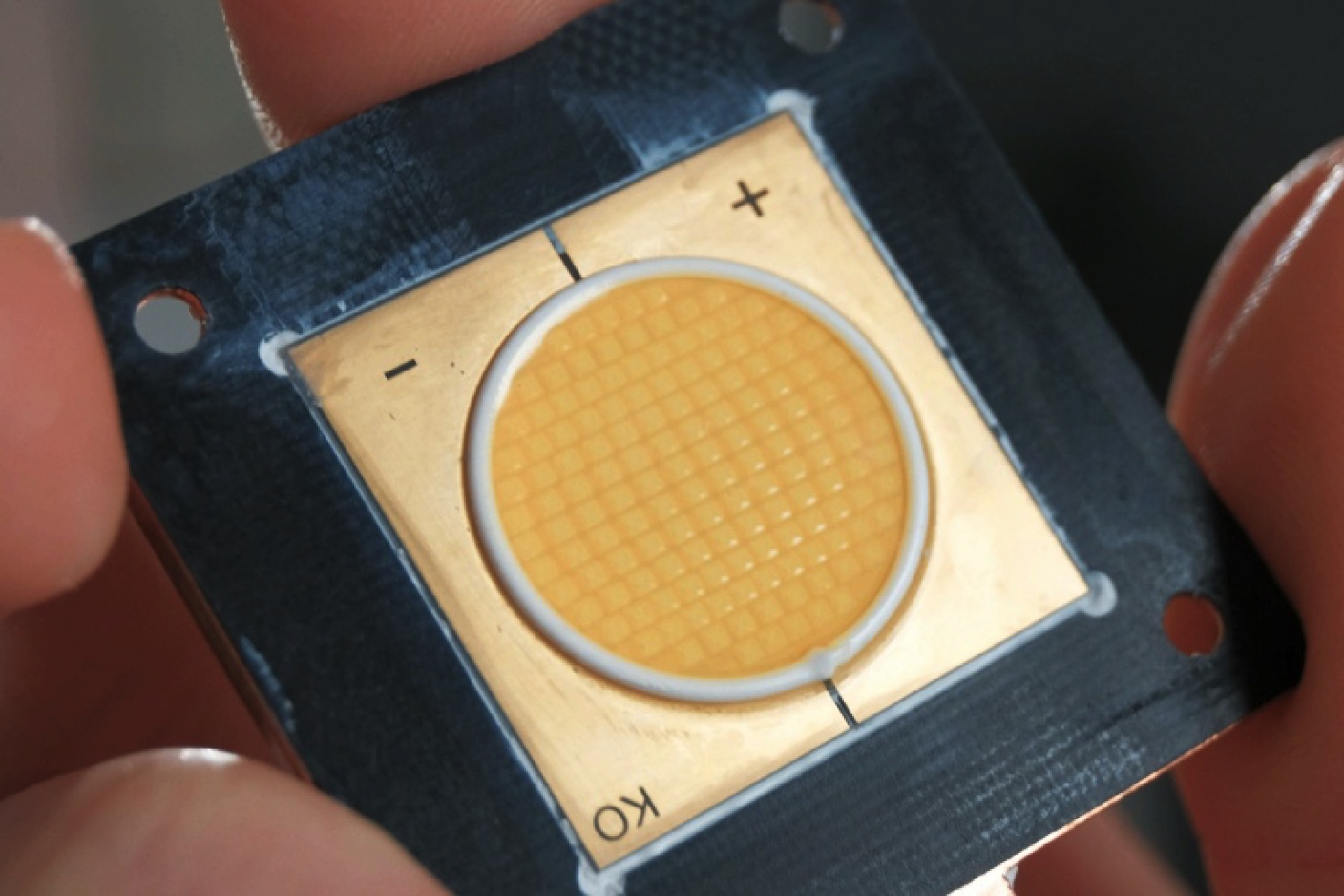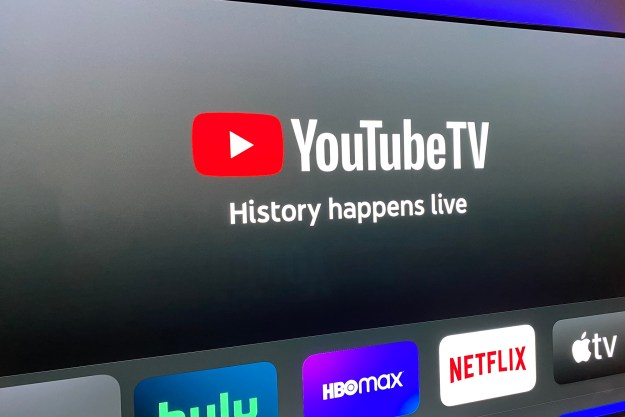The Daylight 5600K is the subject of a new YouTube video by popular U.K.-based vlogger DIY Perks. Based on the fact that the video has already garnered upwards of 600,000 views on YouTube within a couple of days of it being posted, we’re not really going out on a limb when we conclude that other people are going to be equally interested in it.
“The idea behind the video was to show how far LED technology has come,” Matthew Perks, the creator of the video, told Digital Trends. “One of my favorite aspects of the particular 500w LED I tested is its colour rendition. Honestly, it is up there with the nicest ‘daylight balanced’ light sources that I’ve come across, and because of this it makes it usable for lighting applications that require a ‘nice’ looking light source, like installations or studio lighting. Hopefully the video will bring attention to this, and inspire people to come up with some innovative lighting solutions.”
As Perks notes, array-style LEDs like this one are a bit different from the usual LEDs you’ll find in a flashlight, or the aforementioned flash on a smartphone, because they’re made up of a grid, or array, of much smaller diodes. Each one emits light, and due to the fact that they are packed so tightly together they appear to be a single unit.
“The biggest surprise for me was when I took it outside to test it out,” he continued. “I was blown away with how well it lit up my surroundings, and it was surprisingly empowering. It might have been night, sure, but I had a small sun in my hand and I could see everything with detail all around me. Very cool indeed!” Who are we to argue?
Editors' Recommendations
- YouTube tells creators to start labeling ‘realistic’ AI content
- This new Philips monitor is an ultra-bright mini-LED gaming beast
- YouTube launched 17 years ago today with this video
- Fox Weather expands to new streaming, linear platforms
- The Mini-LED iMac Pro could be delayed until the summer







